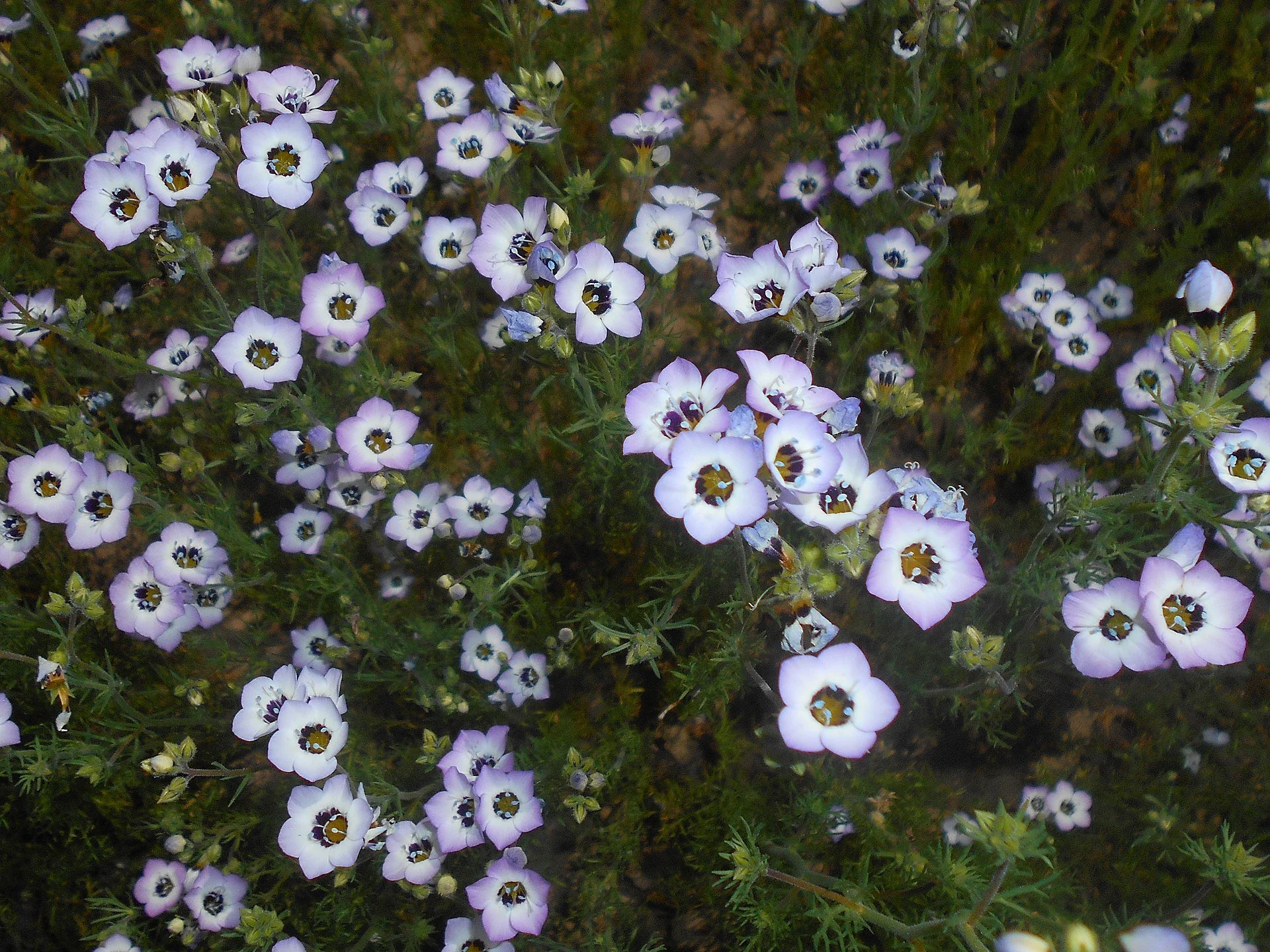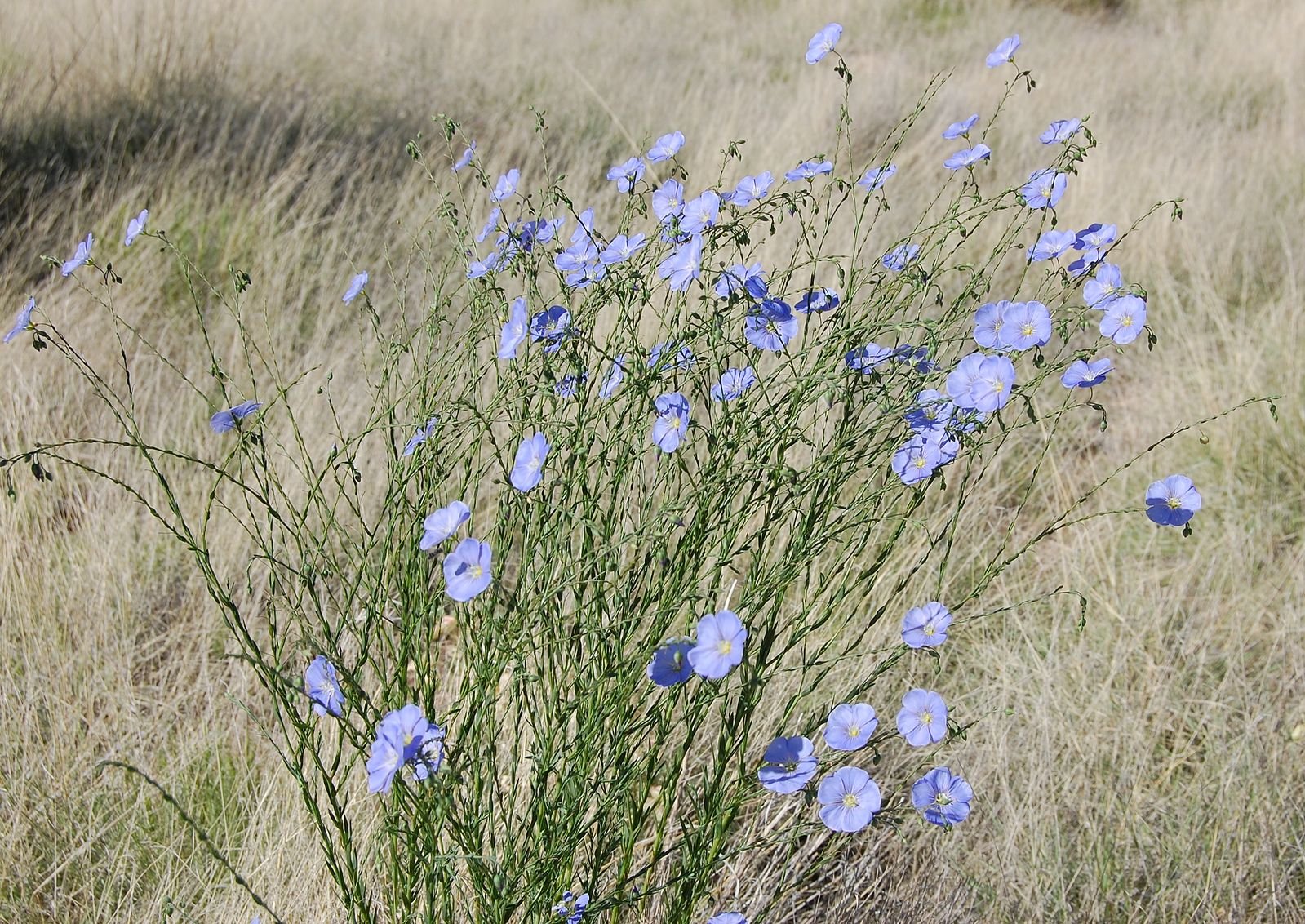Marin Backyard Habitats
The Marin Backyard Habitats is an important new program inviting you to transform your yard into a thriving habitat by planting native species that support local wildlife, conserve water, and improve soil health.
For details on our full program please review our About page
By replacing invasive plants and reducing pesticide use, you can protect waterways from pollution and create a sanctuary for birds, bees, bats, butterflies, and more.
Start your journey to creating a healthy backyard habitat by selecting plants from the searchable Marin Local Native Plant Guide listing Below
Here we have suggested over 40 resilient local native plants that will enrich your garden, improve your appreciation of local wildlife and enhance the resilience of your neighborhood.
California Poppy
Annual/ Perennial
Eschscholzia californica
Easy to Grow
Orange, Yellow flowers Spring to Fall.
Often drops into senescence in the heat of summer and returns from the surviving root growth with the onset of cooler weather
Supports Bats, Bees, Birds, Caterpillars, and 7 species of Butterflies and Moths .
A variety of Bee species are attracted to the pollen and nectar and California Quail especially like the seeds
A member of the poppy family that evolved perhaps 50 million years ago the California poppy is a truly an ancient part of our our ecosystems and has likely been on the landscape here for millions of years
Type: Annual / Perrenial
Size: To 2 ft
Watering: Maximum Summer Water 2 x / month
Special uses: Easy to grow Deer Resistant, Fire Safe, Will grow in Pots, Self -Seeds
Tricolor Gilia
Annual
Gilia tricolor
Easy to Grow
Blue, Lavender, and White Spring, Summer flowers.
Looks great in mass planting. Will reseed itself in the garden.
Supports Bees, Bats, Caterpillars, and several species of Butterflies and Moths
A California native wildflower that has been growing in the region for over 10,000 years
Type: Annual
Size: to 1 Ft
USES: Easy to grow , Self-Seeds
Sky Lupine
Annual
Lupinus nanus
Blue,Lavender fragant spring flowers
Dies back with summer heat , Self
Supports Bats, Bees , Birds, Caterpillars and over 53 species of Butterflies and Moths
Adds fertility to the soil by fixing nitrogen from the air
Has been growing in California for thousands of years, likely since the end of the last Ice Age, around 11,000–12,000 years ago.
Type: Annual
Size: to 2 ft Tall
watering: Water Maximum 2x / month ,
notes: Deer Resistant, Fire Safe , Will grow in Pots, Self seeds
Prairie Flax
Perennial
Linum lewisii
Blue and White Spring and Summer flowers
Supports Bats, Bees, Caterpillars and 9 species of Butterflies and Moths
It provides special value to native bees
Type: Perennial Size: To 1/2 ft
uses: TAGS Deer Resistant, Self Seeds,
Evening Primrose
Perennial
Oenothera elata
Easy to Grow
Yellow , Orange Flowers in Summer and Fall
as name implies flowers close at mid day but open in the evening
Supports Bats, Caterpillars Hummingbirds and 15 species of Butterflies and Moths
Its fragrance is known to attract lined sphinx moth as well as other moths at night.
The seeds attract goldfinch.
Type: Perennial
Size: To 3 ft
Watering: Maximum Summer Water 1 x / Week
USes: Self-Seeds
Bee Plant
Perennial
Scrophularia californica
Easy to Grow
Red Flowers in Winter and Spring
Supports Hummingbirds, Bats, Bees, Birds, Caterpillars and 12 species of Butterflies and Moths
As the name suggests, bees are extremely attracted to the flowers. It is also a host plant for many butterflies, an important food source for small wasps and hummingbirds. The flowers are ideal for native bees, especially bumblebees
Type:Perennial
Size: To 3 ft
Watering: Maximum Summer Water 2 x / Month
uses: TAGS Deer Resistant, Self Seeds







